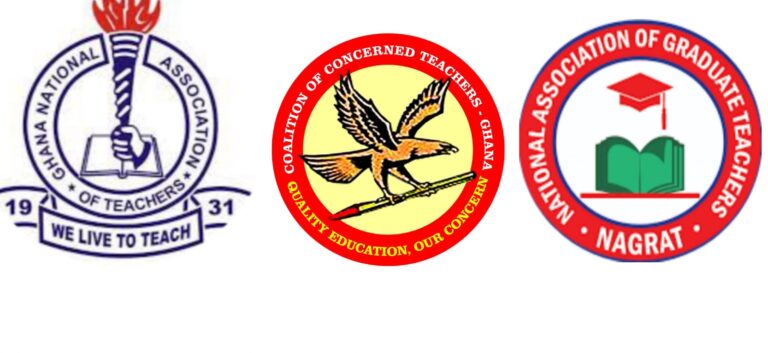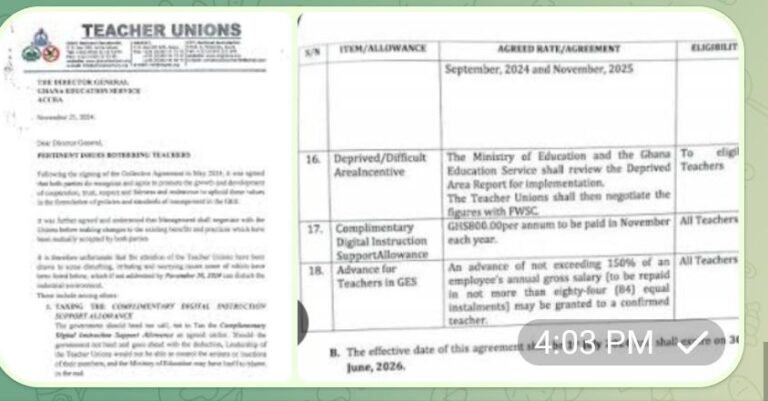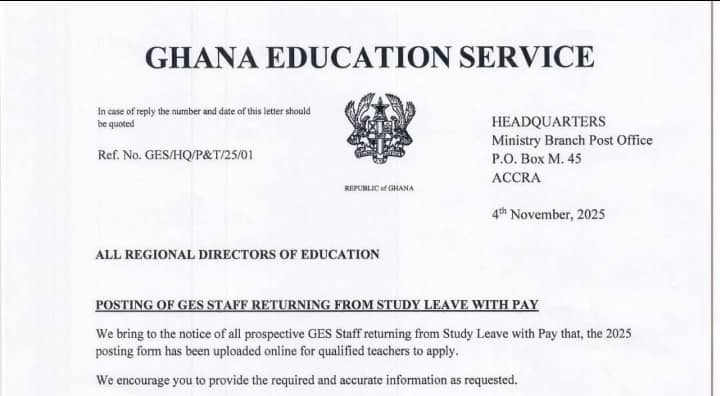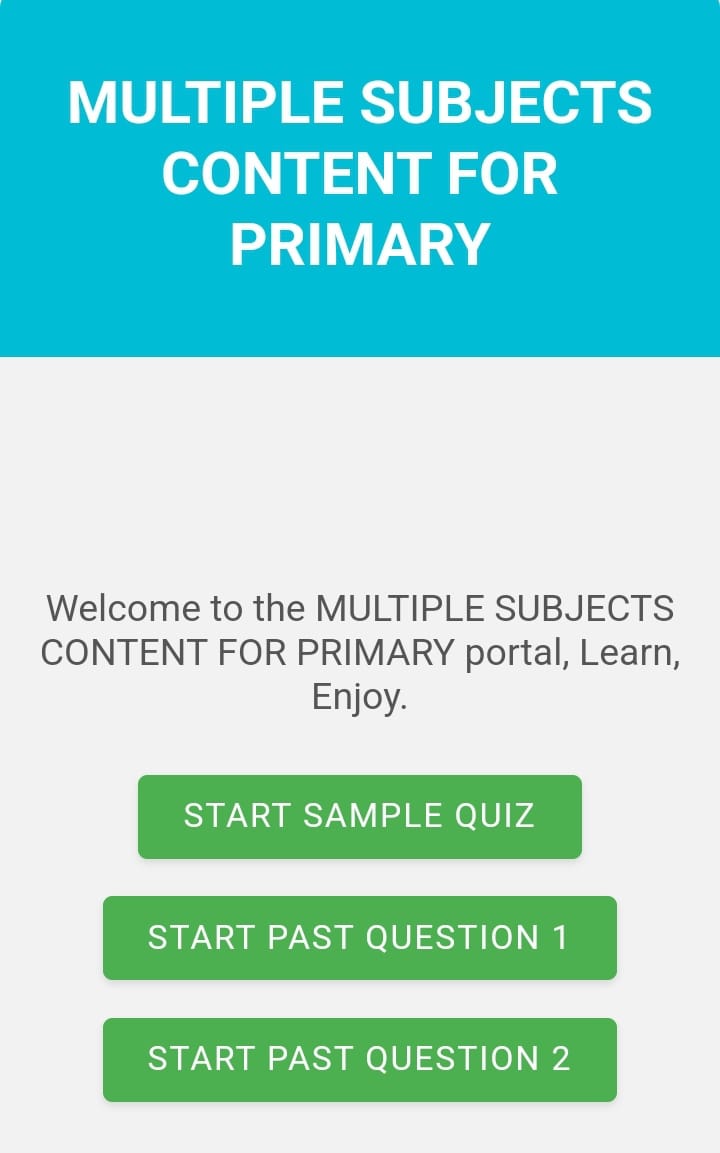
Primary Education Curriculum: A Complete Subject Breakdown
Table of Contents
Introduction
This comprehensive guide outlines the content areas, competencies, and assessment framework for primary education across multiple subjects. Designed for educators and curriculum developers, it highlights essential learning outcomes from grammar rules to creative arts.
Core Subject Areas
English Language (Language & Literacy) <a id=”english”></a>
Key Competencies:
-
Grammar: Subject-verb agreement, nouns/pronouns, punctuation
(Example: Identify homophones in sentences) -
Writing: Stages of development, teaching strategies
-
Reading: Types (skimming/scanning), fluency challenges
-
Literature: Elements of poetry/prose/drama
Classroom Tip:
Use storytelling to connect literature to real-life experiences.
Mathematics (Numeracy) <a id=”math”></a>
Key Topics:
-
Number: Fractions, ratios, integers
-
Algebra: Pattern rules, expressions
-
Geometry: 2D transformations, prisms
-
Data: Line graphs, probability experiments
Hands-On Activity:
Create a classroom survey to practice data collection and graphing.
Science <a id=”science”></a>
Focus Areas:
-
Diversity of Matter: Metal properties, plant classification
-
Cycles: Water cycle, plant life cycles
-
Systems: Human body, solar system
-
Forces & Energy: Simple machines, circuits
Did You Know?
The water cycle is driven by evaporation, condensation, and precipitation!
Social Studies <a id=”social-studies”></a>
Themes Covered:
-
Self-Concept: Positive vs. negative traits
-
Family Roles: Nuclear/extended structures
-
Citizenship: Rights/responsibilities
-
Environment: Preservation strategies
Discussion Prompt:
“How can we reduce plastic waste in our community?”
Education (Pedagogy) <a id=”education”></a>
Critical Concepts:
-
Learning Theories: Behaviorism, constructivism
-
Inclusive Classrooms: Management Strategies
-
Philosophies: Pragmatism, essentialism
Teacher Tip:
Use multisensory approaches to address diverse learning styles.
ICT <a id=”ict”></a>
Skills Developed:
-
Computer basics (hardware/software)
-
PowerPoint presentations
-
Internet safety & social media
Tech Integration:
Design a digital storybook using word processing tools.
Creative Arts (TVET) <a id=”creative-arts”></a>
Projects:
-
Visual Art: Culture-inspired artworks
-
Performing Arts: Music/dance compositions
Creative Challenge:
“Create a performance about a local folktale!”
Assessment Framework <a id=”assessment”></a>
Cognitive Levels Weighting:
| Subject | Recall (15%) | Skills (25%) | Strategic Thinking (30%) | Extended Thinking (30%) |
|---|---|---|---|---|
| English Language | 20% | |||
| Mathematics | 20% | |||
| Science | 20% | |||
| Total | 15% | 25% | 30% | 30% |
Note: Social Studies, Education, ICT, and Creative Arts share the remaining 10%.
Key Takeaways <a id=”key-takeaways”></a>
-
Balanced Curriculum:
-
60% of assessments test applied/critical thinking (Levels 3–4).
-
Math and Science emphasize problem-solving.
-
-
Practical Focus:
-
ICT and Creative Arts foster 21st-century skills.
-
Social Studies builds civic awareness.
-
-
Teaching Strategies:
-
Use project-based learning for cross-subject connections.
-
Incorporate local examples (e.g., Ghanaian folktales in Creative Arts).
-
For the past question, click here: https://ntc.gov.gh/practice_test/multiple_content/
Follow us on WhatsApp for more updates: https://whatsapp.com/channel/0029VaCyYGIFHWpx22L38a2K
Seekers Consult
Contact Us for Your Study Abroad Journey
We search for schools and check available scholarships for you
Contact: 0550414552 / 0362297079
Loan for government workers
Transcript Application
English Proficiency
Recommendation letter
Project work/thesis for undergraduate, master’s, and PhD students.


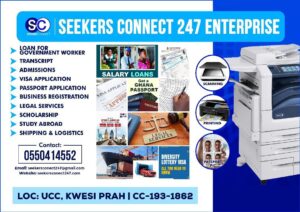 English Language
English Language